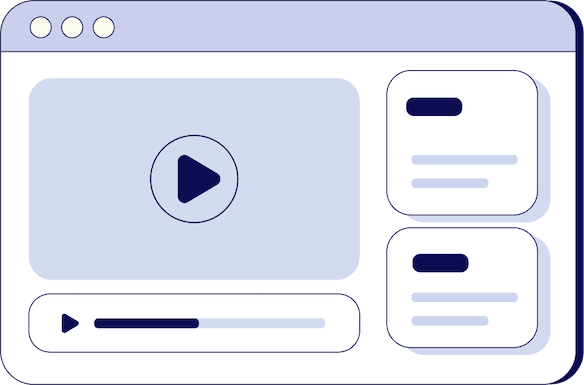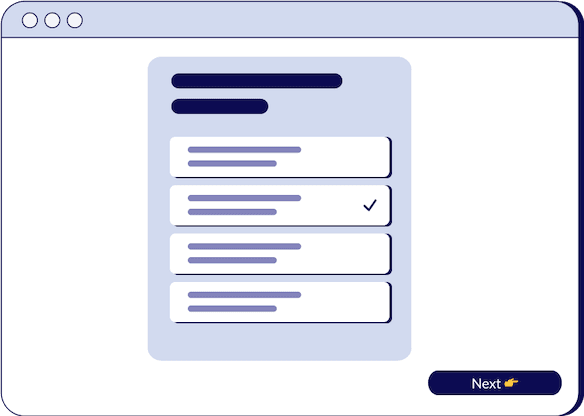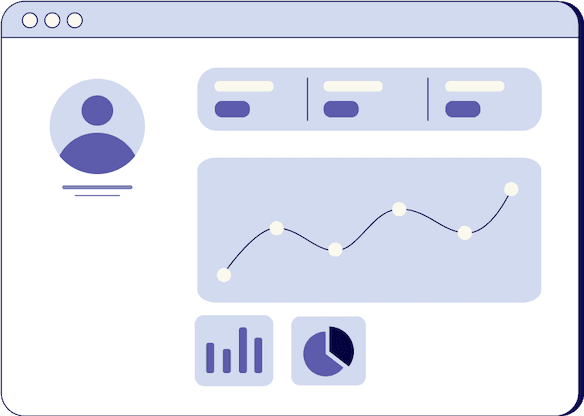%2520%2520Coaching%2520Leaders%2520%2520Winning%2520By%2520Design.jpg&w=3840&q=75)
The Model for Measuring Productivity (3 of 4)
Jacco van der Kooij
Founder, Author & Sales Mentor
%2520%2520Coaching%2520Leaders%2520%2520Winning%2520By%2520Design.jpg&w=3840&q=75)
- duration
- 7 min
- Average Score
- 84%
- Stars
- 5
Traditionally, sales training relied on a rigid two-day sales kickoff model. This approach aimed to educate sales reps intensively within a brief timeframe, spanning four to five years. In essence, it condensed a hundred percent of training into eight to ten days spread across this period. However, in today's fast-paced world, this model has become obsolete.
The challenge lies in the fact that modern sales reps, often in their mid-20s to mid-30s, have neither the luxury of time nor the benefit of two decades of experience. To address this, a paradigm shift is required, one that moves away from the outdated two-day model towards something more effective.
The Emergence of the 10-20-70 Model
Enter the 10-20-70 model, a dynamic and progressive approach to sales training that recognizes the changing nature of the industry. It breaks down as follows:
- 10% Classroom Training: While classroom-style training remains a vital component, it's no longer about static presentations and endless slideshows. Instead, it has transformed into a more interactive, whiteboard-style experience.
- 20% Roleplay and Interactive Learning: This segment is where true growth happens. Sales reps engage in roleplay and interactive exercises, moving away from the old model's confrontational style. The focus is on practicing and improving skills, fostering a supportive learning environment.
- 70% Real-Life Scenarios: The majority of learning takes place in real-life scenarios. This is where theory meets practice, and it's crucial for immediate application. With technologies like call recording and reviewing, the in-office environment becomes a platform for continuous improvement.
From Teacher to Facilitator
In contrast to the previous model where roleplays often felt like confrontations, the new approach views them as practice sessions. The goal is not to prove how skilled or unskilled someone is but to create a supportive environment where growth is encouraged.
For instance, video can be a powerful tool for both one-on-one and one-to-many roleplays. It allows reps to practice and receive constructive feedback in a more comfortable setting. The shift from confrontational roleplay to collaborative learning fosters a more productive and engaging training experience.
The Framework for Success
A pivotal element of the 10-20-70 model is the framework. Reps are taught a specific framework during the classroom training phase. This framework is designed to streamline conversations and ensure a productive approach during sales calls. It provides a structured path for interactions with potential customers.
The beauty of this framework is that it's not just theory. It's practiced extensively before being applied in real-life scenarios. This means that when a call is reviewed and analyzed, it's not a matter of subjective opinion but a measure against the established framework.
For example, if a call review reveals that a sales rep spent too long on personal chitchat before getting to the point, it's not just an opinion. The framework defines the appropriate time for personal conversation, ensuring that sales reps follow a proven approach.
Embrace Continuous Learning
One key aspect of the 10-20-70 model is its recognition that training is not a one-time event. It's a continuous process, a journey that spans 365 days a year. This shift in mindset is crucial. It means that organizations must take responsibility for the ongoing learning and development of their sales teams.
While organizations like the one featured in this episode offer valuable content and resources on platforms like YouTube, the ultimate responsibility for training and development falls on the company itself. Continuous learning is a commitment that pays off, turning sales reps into experts in a matter of months rather than years.
The 10-20-70 model represents a seismic shift in sales training. It acknowledges the evolving nature of the industry, the changing demographics of sales reps, and the need for more effective training methods.
By adopting this model and embracing continuous learning, companies can unlock the potential of their sales teams in a fraction of the time it would take using traditional approaches. The key is to invest in the right blend of classroom training, interactive learning, and real-life practice, all guided by a well-defined framework.
For more insights into the 10-20-70 model and practical examples, check out the roleplay channel on YouTube, where you can witness this innovative approach in action. It's a powerful strategy for transforming sales reps into high-performing professionals within a remarkably short timeframe.
How Triple Session works
Training, Testing, & Feedback
Triple Session's proven formula accelerates your sales performance through consistent, organized practice, backed by measurable results.

Bite-Sized Knowledge
Our expert-led video sessions simplify complex sales concepts into easy-to-digest 5-15 minute videos for better retention.

Test Your Understanding
After each session, there will be a quiz to test your understanding and help you improve on any areas that need more attention.

Evaluate and Grow
Get progress snapshots after each quiz to track your improvements and achieve your sales mastery goals.